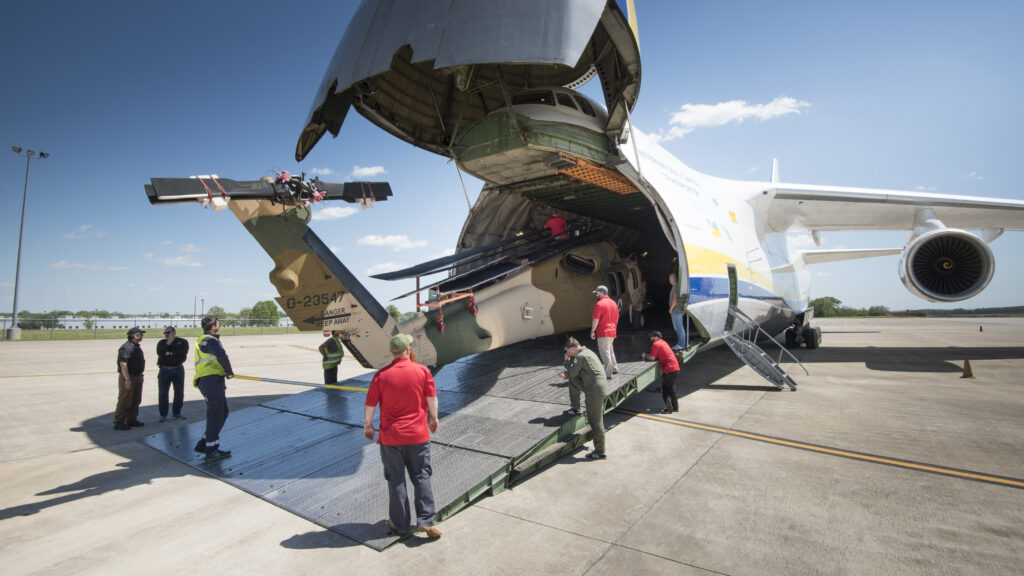By PAUL MCLEARY

WASHINGTON: Several Democratic members of the House Armed Services Committee said today they expect Congress to support funding the Afghan army and air force for years to come, even after US and European troops pull out this summer.
The roughly 3,500 American, and 7,000 NATO troops on the ground in Afghanistan will likely start leaving by the end of April, taking with them the surveillance and air support that are crucial to the overstretched Afghan forces as they struggle to blunt the Taliban’s momentum.
As the withdrawal kicks into high gear and Washington increasingly turns its attention to Chinese moves in the Pacific and Rusian provocations in Europe and the Arctic, it’s not at all clear how willing the US will be to spend billions a year on the flailing Afghan military.
“I think there should still be an appetite for a support package, because pulling out the combat troops is one thing, but reducing our financial support is another challenge,” said Rep. Jason Crow, a member of the House Armed Services Committee who served in Afghanistan as an Army Ranger. “Reducing that money I think would be a major detriment to not just Afghanistan, but also our efforts to counter China,” he said during a call with reporters today.
The bill won’t be small.
In 2021, the US spent just over $3 billion to support and sustain the Afghan force, including paying salaries and supporting modern US-made helicopters. That outlay brought the total American outlay to $88 billion over the past two decades on building up the Afghan security forces. All that money has only managed to build an army that continues to struggle against the Taliban, losing much of the countryside to the lightly-equipped fighters.
“You can’t look at Afghanistan itself in isolation,” Crow said. “You have to look at the fact that Afghanistan sits at the crossroads of our geopolitical competition with Iran to the west and Pakistan to the East and in China and in Russia to the north. It’s a very important strategic location for us, and we will have continued interest in making sure that we have air flight rights, a diplomatic presence, and some intelligence resources as well.”
After meeting with NATO officials in Brussels Wednesday to talk through the pullout plan, Defense Secretary Lloyd Austin confirmed the US would continue paying for the salaries of Afghan troops, singling out the air force and Special Mission Wing as critical components that need to be kept at a high level. The Special Mission Wing is an elite flying unit that conducts night raids, evacuates casualties, and conducts reconnaissance operations.
On the call with Crow was Rep. Andy Kim, who said he would “absolutely expect that there will be support from Congress” for funding for the Afghan military. “In particular, making sure we’re preventing the atrophying of those capabilities after we pull out our combat forces,” he added.
The air force, special forces and their air wing are the backbone of an Afghan military beset by weak leadership and rampant corruption, and the branches the US has invested most heavily in both money and time.
“Those are the units that the US has established long-term persistent partnerships with, and has had those relationships — in the case of commandos — for over a decade,” said Jonathan Schroden, director of the Countering Threats and Challenges Program at CNA.
That kind of investment isn’t one the Biden administration appears willing to walk away from. In a time of flat budgets as wartime funding accounts are being pushed into the base budget however, pumping billions into unsteady Afghan forces could be a tough sell for some fiscal hawks.
Over the past decade, the Pentagon has pushed more than $8.5 billion into the Afghan Air Force and Special Mission Wing, giving Kabul a fleet of over 60 fixed-wing aircraft used for attack and surveillance missions, and a fleet of 101 helicopters ranging from Soviet-era Mi-17s to 47 new MD-530 and 41 UH-60 Black Hawk helicopters. The US has also discussed providing the Special Mission Wing CH-47 Chinook helicopters by 2023 to replace the aging Mi-17s.
While Afghan troops can do most of the repairs on its old Soviet helicopters, work on the newer American additions to their fleet is done almost solely by contractors flown in for the task. Keeping those contracts in place without a US or NATO presence in the country might prove difficult, or at the very least, more expensive, in the coming years.
Speaking on the Senate floor today, Sen. Jack Reed, chairman of the senate Armed Services Committee, didn’t commit to funding the Afghan military but said despite the pullout, “we still have vital security interests in the region…Afghanistan is not in the rear-view mirror.”
It’s unclear how long Congress will see fit to pour billions per year into Afghanistan, but CNA’s Schroden envisions some form of support continuing in the near-term.
“I think we’ll continue to pay at least for a period of time the salaries of the Army, and will probably continue to pay for contracts to maintain vehicles and those types of things,” he said, but after years of failure working with the Ministry of Defense on larger issues regarding how the 305,000- member army is trained, deployed, and fights ”is really an open question.”
No comments:
Post a Comment